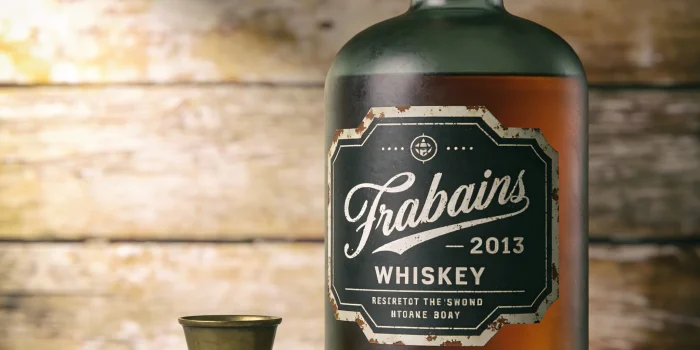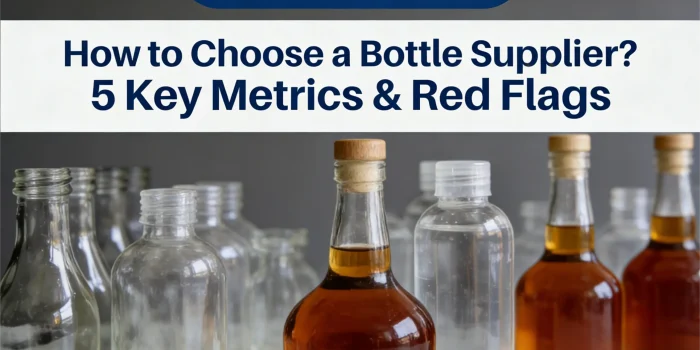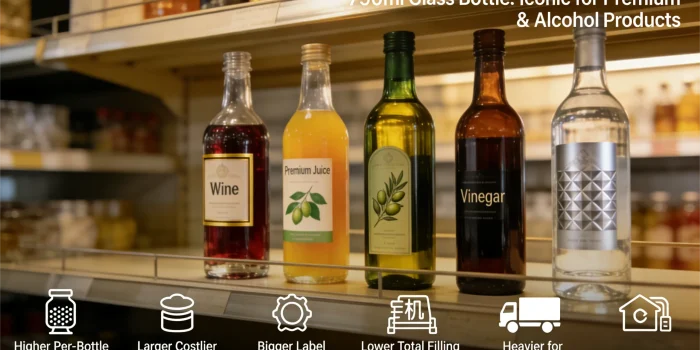Want a High-Quality Custom Whiskey Bottle? What Finishing…
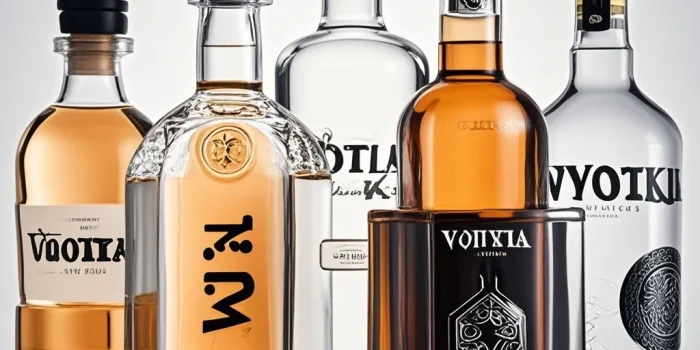
A Collector’s Guide to Vodka Bottles: Investment and Preservation Tips
Vodka has long been one of the most popular spirits worldwide, cherished for its versatility in cocktails and enjoyed neat or on the rocks. However, beyond its smooth taste and cultural significance, vodka bottles have emerged as a fascinating area for collectors and investors. This guide explores the nuances of vodka bottle collecting, offering valuable investment and preservation tips to help enthusiasts get started.
The Appeal of Collecting Vodka Bottles
Collecting vodka bottles has become a niche hobby that appeals to a diverse group of individuals, from spirit enthusiasts to investment-savvy collectors. The reasons for this growing interest are manifold:
- Artistic Designs: Many vodka brands invest in unique and artistic bottle designs. Limited-edition releases often feature intricate artwork, eye-catching shapes, or collaborations with famous artists, making them desirable for collectors.
- Cultural Significance: Vodka is deeply rooted in various cultures, especially in Eastern Europe and Russia. Collecting bottles from different regions can serve as a window into these cultures, their traditions, and their craftsmanship.
- Investment Potential: Like fine wines and rare whiskies, certain vodka bottles can appreciate in value over time. Limited releases, vintage bottles, and those from renowned distilleries often become sought-after items.

Understanding the Market
Before diving into the world of vodka bottles collecting, it’s crucial to understand the market dynamics. Here are some key considerations:
Popular Brands and Distilleries
Certain brands and distilleries are more sought after than others. Renowned names like Belvedere, Grey Goose, and Absolut often produce limited-edition bottles that can become valuable collectibles. Researching these brands and their histories can help you identify potential investment opportunities.
Limited Editions and Vintage Vodka Bottles
Limited-edition releases are particularly valuable to collectors. These bottles are often produced in small quantities and may feature unique flavors or designs. Vintage bottles, especially those that have been well-preserved, can also fetch high prices at auctions. Keeping an eye on upcoming releases and maintaining a good relationship with local liquor stores can give you a head start in acquiring these rare finds.
Auctions and Collectors’ Markets
Participating in auctions and collectors’ markets can be a great way to expand your collection. Many online platforms, such as Sotheby’s or Bonhams, hold regular auctions for collectible spirits, including vodka. Networking with other collectors can also provide insights into upcoming sales and the true value of specific bottles.

Tips for Investing in Vodka Bottles
Investing in vodka bottles requires careful consideration. Here are some essential tips to guide your investment decisions:
Research and Education
Knowledge is your best tool when investing in vodka bottles. Familiarize yourself with the different brands, their histories, and the types of bottles that tend to appreciate in value. Join online forums, read industry publications, and attend tastings or events to learn from experienced collectors.
Condition is Key
The condition of a vodka bottle plays a significant role in its value. Look for bottles that are in mint condition, with intact labels, original packaging, and no signs of damage. Even slight imperfections can significantly reduce a bottle’s market value.
Keep Records
Maintain a detailed record of your collection, including purchase prices, bottle conditions, and any relevant provenance. This documentation can be helpful if you ever decide to sell or appraise your collection.
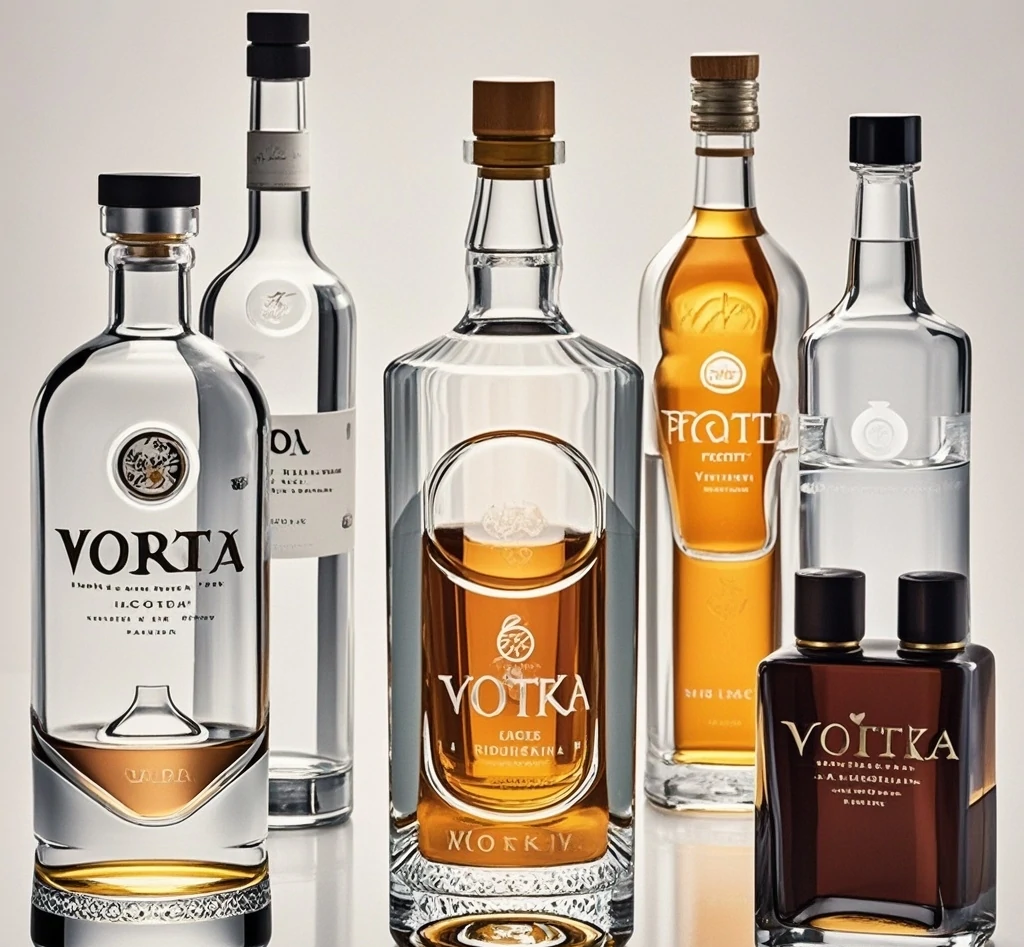
Preservation Tips for Your Vodka Collection
Proper preservation is essential for maintaining the value of your vodka collection. Here are some tips to ensure your bottles stay in pristine condition:
Store Upright
Unlike wines, vodka should be stored upright to prevent the cork from coming into contact with the liquid, which can cause it to degrade over time. An upright position also helps maintain the integrity of the bottle and label.
Control Temperature and Light
Extreme temperatures and direct sunlight can damage the contents of your vodka bottles. Store them in a cool, dark place away from heat sources and direct light. A temperature range of 50-70°F (10-21°C) is ideal for preserving the quality of your collection.
Humidity Matters
While vodka is not as sensitive to humidity as some other spirits, it’s still a good idea to keep humidity levels stable. High humidity can lead to mold growth on labels, while low humidity can dry out corks, so aim for a moderate level.
Regular Inspections
Periodically check your collection for any signs of deterioration, such as leaks or label damage. Early detection can help you take the necessary steps to preserve your bottles.
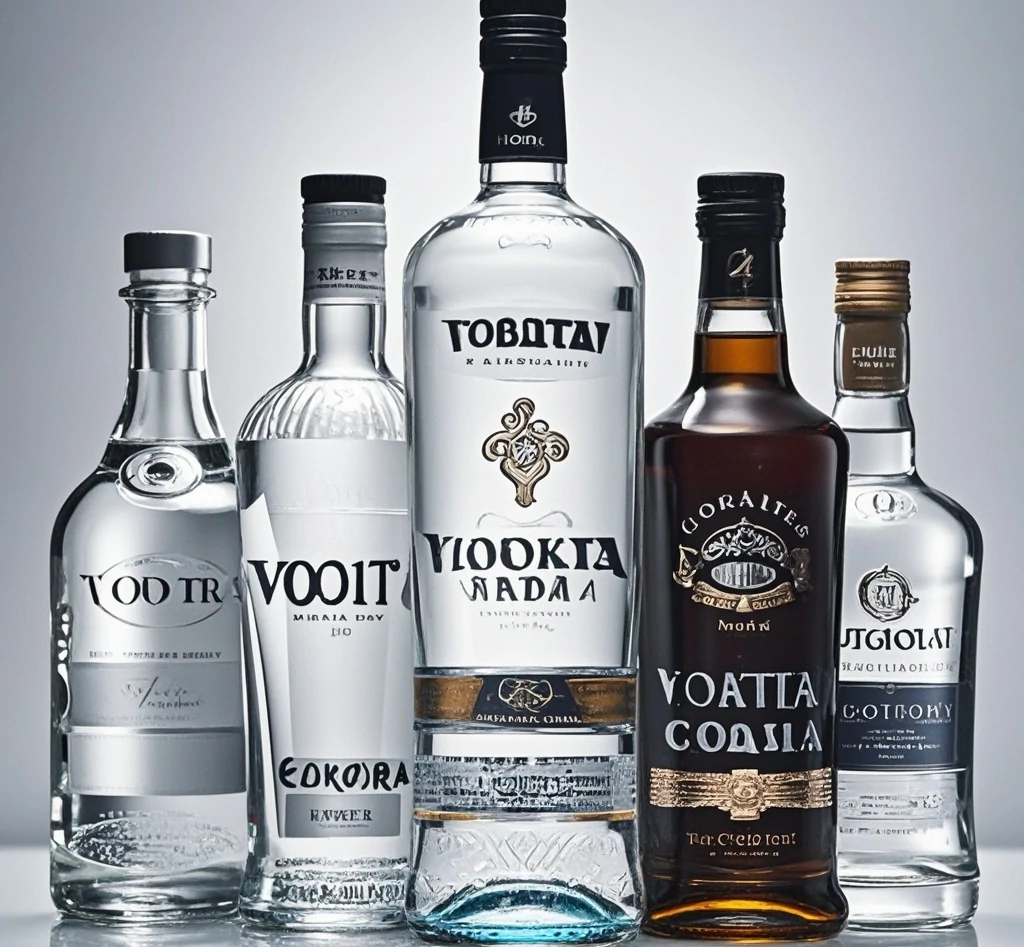
Conclusion
Collecting vodka bottles can be a rewarding and potentially profitable hobby. With the right knowledge, careful investment choices, and proper preservation techniques, you can build a collection that not only celebrates this beloved spirit but also holds value over time. Whether you’re an experienced collector or just starting out, embracing the world of vodka bottles opens up a fascinating journey into art, culture, and investment. Happy collecting!

